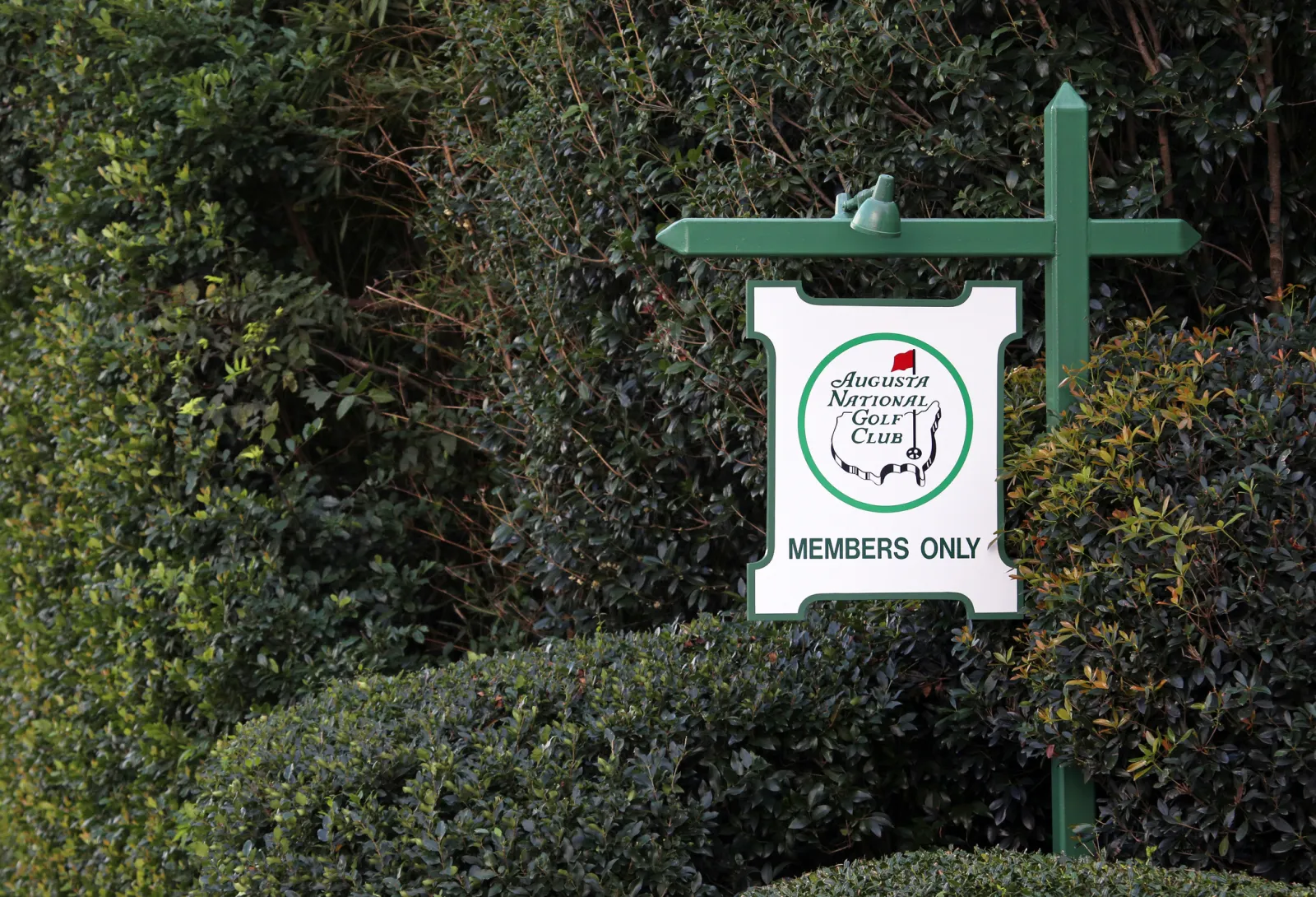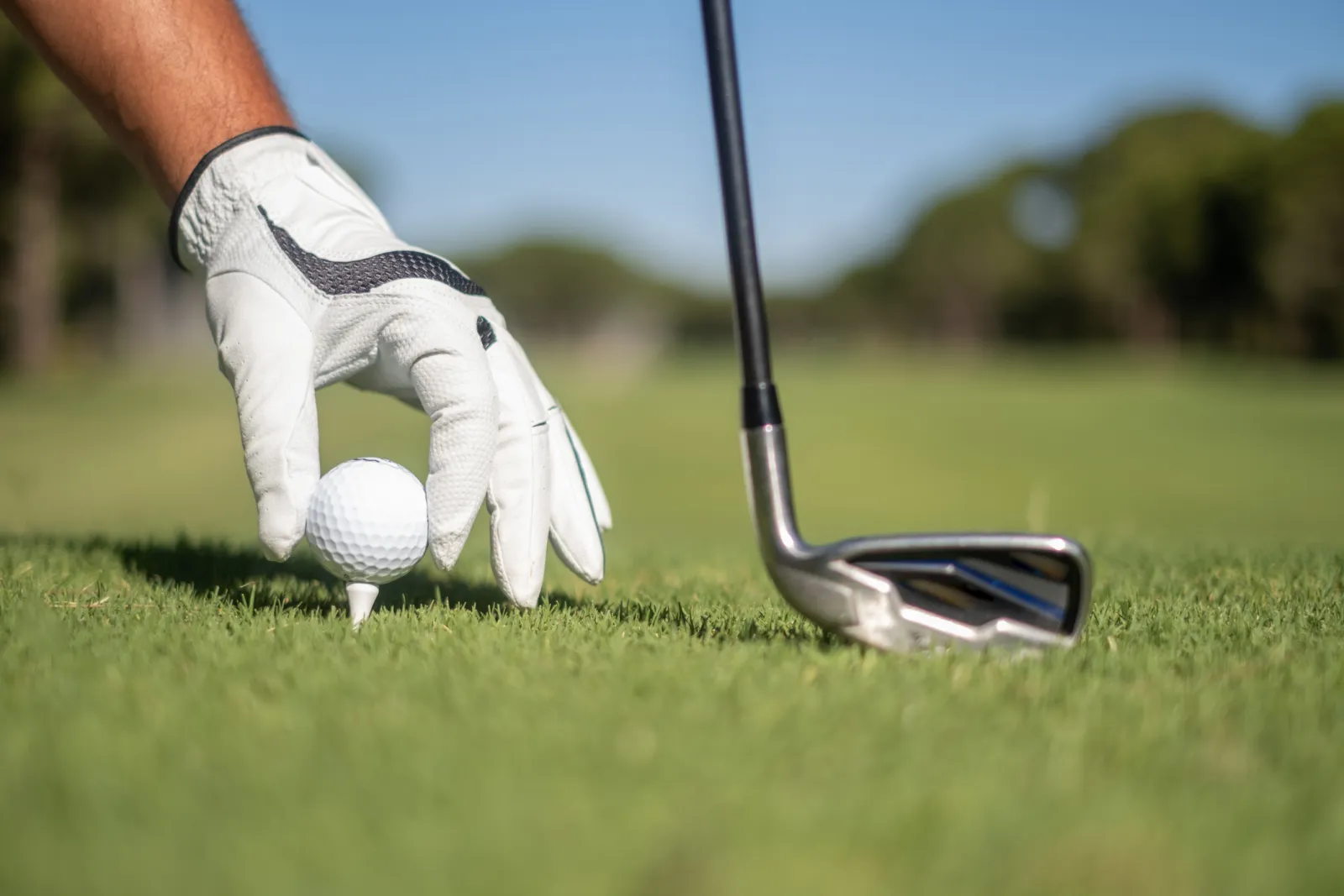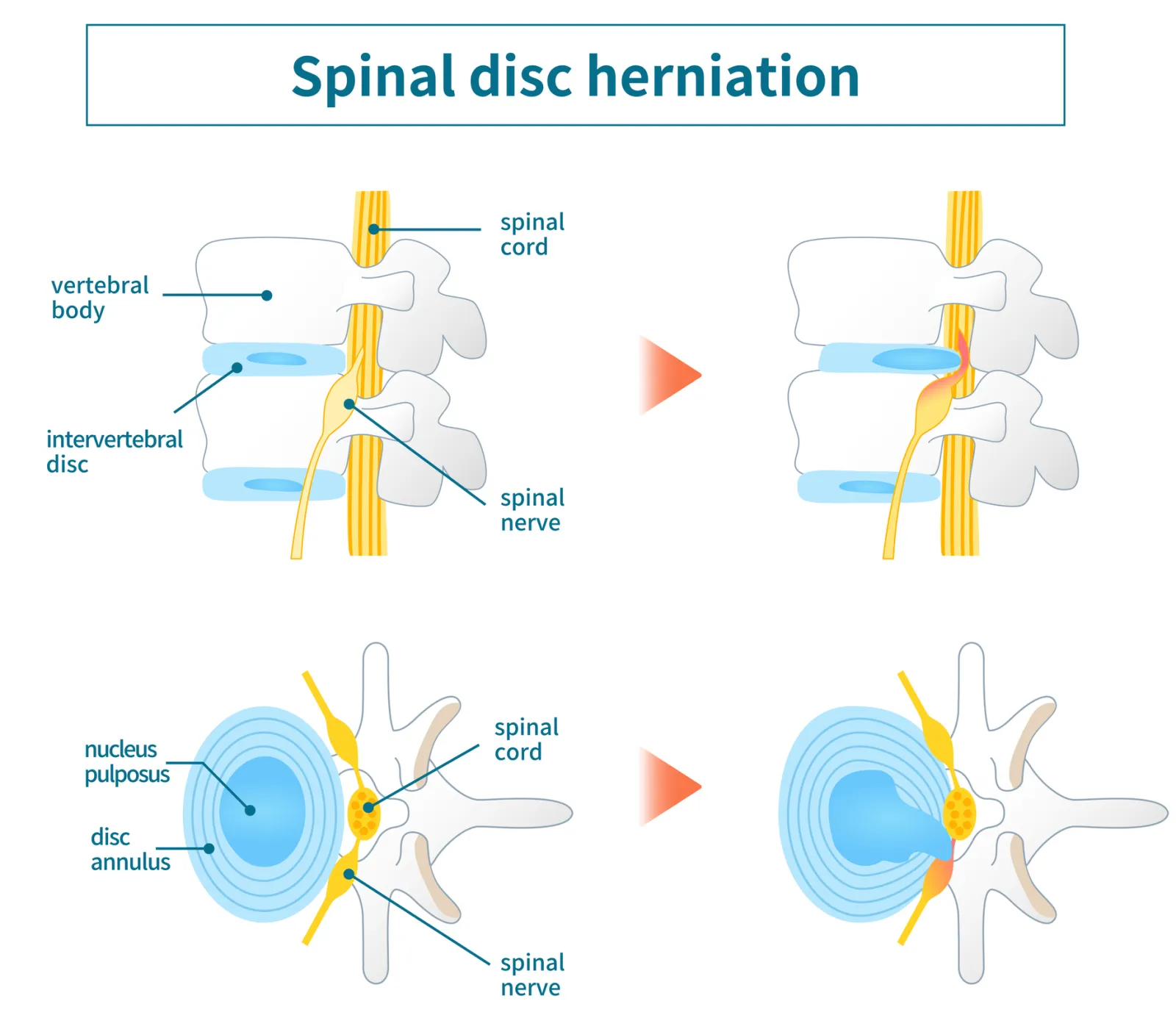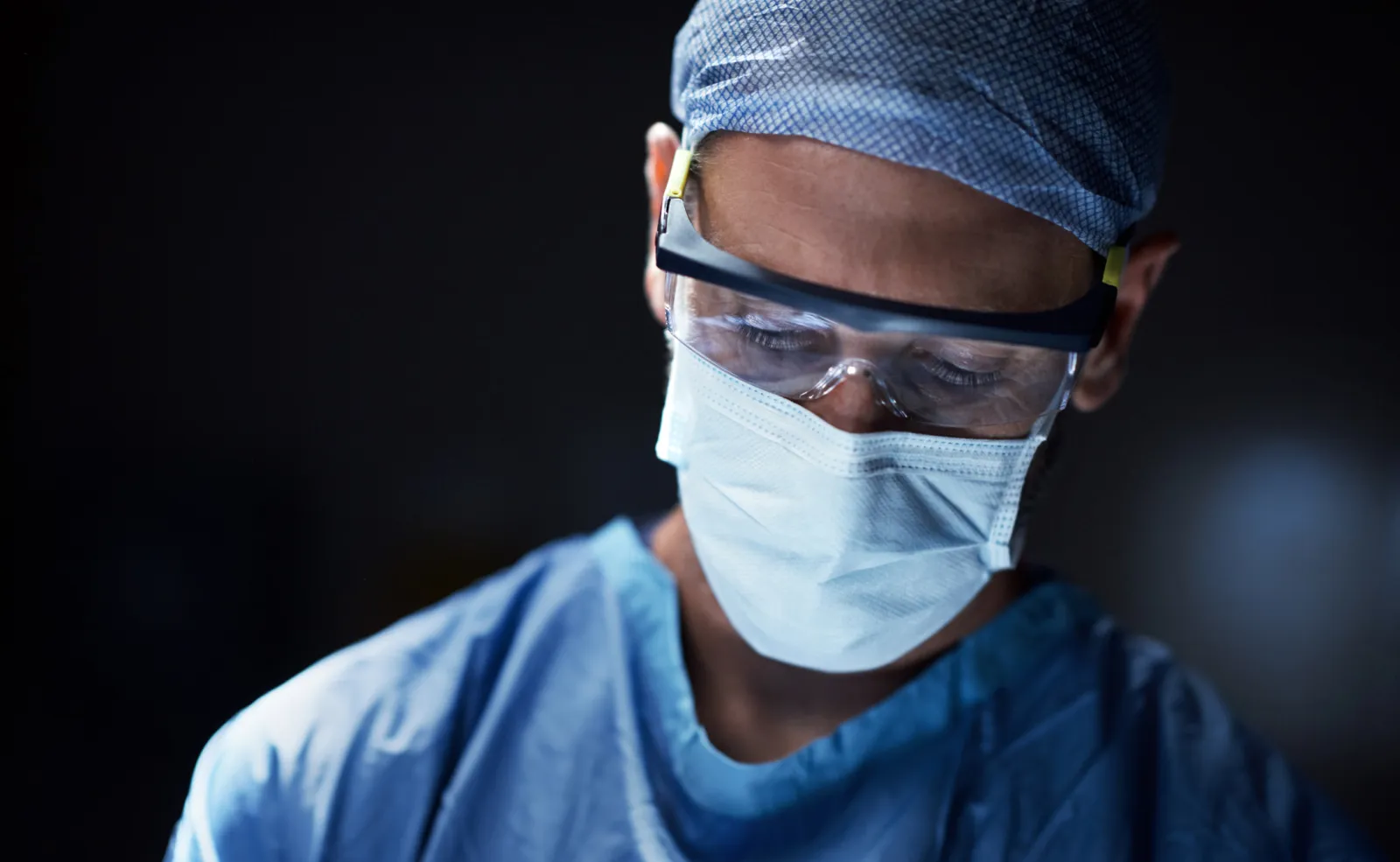This year, as it is every year, Spring was announced in my
household not by the pollen (which is always devastating), or the rain storms,
but by a golf tournament. I didn't grow
up playing golf, and still have an appalling swing, but I spent almost a decade
in Augusta during medical school and residency.
For those who are unaware, that's the home of Augusta National, the
celebrated golf club that hosts the annual Masters Tournament. This is always the first major championship
on the PGA Tour, and the only major which is always played at the same golf
course.
Each Spring, Augusta essentially shuts down as an estimated 200,000 visitors come to town to watch the tournament. Daniel Field, the private airport in Augusta, hosts over 1,000 private jets and people drive from across the country, and fly from around the world, to walk the famously rolling terrain of National. The pimento cheese sandwiches really are still $1.50, and the course really does enforce a no cell-phone policy (violation of which can have you ejected from the event, permanently).

Practicing in John's Creek, home to some of Atlanta's most scenic golf courses, I've moved from one golf mecca to another. I'm surrounded by family, friends, and neighbors who live and breathe golf. The Masters may herald the coming of Spring for some, but many of my neighbors and friends never let their clubs collect dust, and tee times around here are always at a premium.
And as a spine surgeon in this area, I see a lot of these golfers as my patients. Some are weekend warriors, walking out on the course cold and trying to drive like Tiger from the first tee box; the immediate pain brings them quickly back to reality. Others are avid golfers, playing rain or shine, and just can't seem to get rid of that nagging backache. Some are novice golfers who try the sport once and find themselves laid up for days afterwards due to poor form and erratic swings. Others are pros who play competitively and took that one wrong swing that sent them to me. The common thread is always that desire to get back on the course, to shave off a stroke or two, and to hit that perfect drive.

That brings us to one of many big headlines that the Masters bring each year. There was the ever-present, Tiger: will he or won't he? Rahm's victory, the 4th for Spain, topped the news cycle on Sunday and well into Monday. But, there was another story that interested me, that of Will Zalatoris, the 8th ranked golfer in the world, who withdrew from the tournament after announcing that he would undergo a microdiscectomy to address a herniated disc in his back, and which would put him out for the rest of the season.

Lumbar disc herniation is a common complaint, and one that I
treat frequently. If you envision the
vertebrae of your back stacked one on top of another, then the cushions between
them are the discs. These discs are
somewhat like jelly doughnuts, in that there is a tough outer coating (the
dough) and a soft inner filling (the jelly).
Normally, that jelly is kept in the center of the doughnut and acts as a
shock absorber, preventing impact between the bones, and facilitates motion
through your back. Herniation of the
disc (squeezing out the jelly) occurs due to increased pressure within the disc
space, usually through heavy lifting or twisting, but can happen with something
as simple as a sneeze or bending over to tie your shoes.

The good news is that 90% of patients resolve within 3 months with conservative treatment and don't ultimately go on to require surgery. But, what happens if the pain is chronic, the disc herniation doesn't resolve, or the symptoms are so severe that it's impossible to function? Then, the decision is whether to proceed, as Will Zalatoris did, with a lumbar microdiscectomy. This procedure is simple, outpatient, and resolves the symptoms almost immediately.
In the operating room, a small incision is made through the skin and down to the vertebrae in the spine. A window in the bone is created to access the spinal canal and the sac of fluid around the spinal cord (the dural sac) is moved to the side. This allows access to the disc fragment, which is removed. A few stitches later, and you can go home the day of surgery in most cases.
Patients are generally up and walking the day of surgery, and many of these cases are able to be done in our surgery centers instead of hospitals. Recovery generally takes about 6 weeks, maybe a little longer if you're returning to a high level of sports activity, like Zalatoris, and then you're back living your life as normal. The post-operative expectation is a return to all activities, and for many of my patients, this has included running, weight-lifting, and most importantly, golf.

If you or someone you love is suffering from back pain that is keeping you from your golf game or any other activities, the physicians at Resurgens Spine Center provide the latest in minimally invasive non-surgical and surgical treatment options. I hope you will come see us and let us help you get back to doing what you love!